Meet the charming Olive-backed Sunbird, a tiny bird with a powerful trick up its sleeve. This little bird boasts stunning apricot-colored feathers that are usually hidden under its wings, as well as a dazzling iridescent blue throat. When the time comes to impress, the Olive-backed Sunbird knows just how to use its secret weapon.
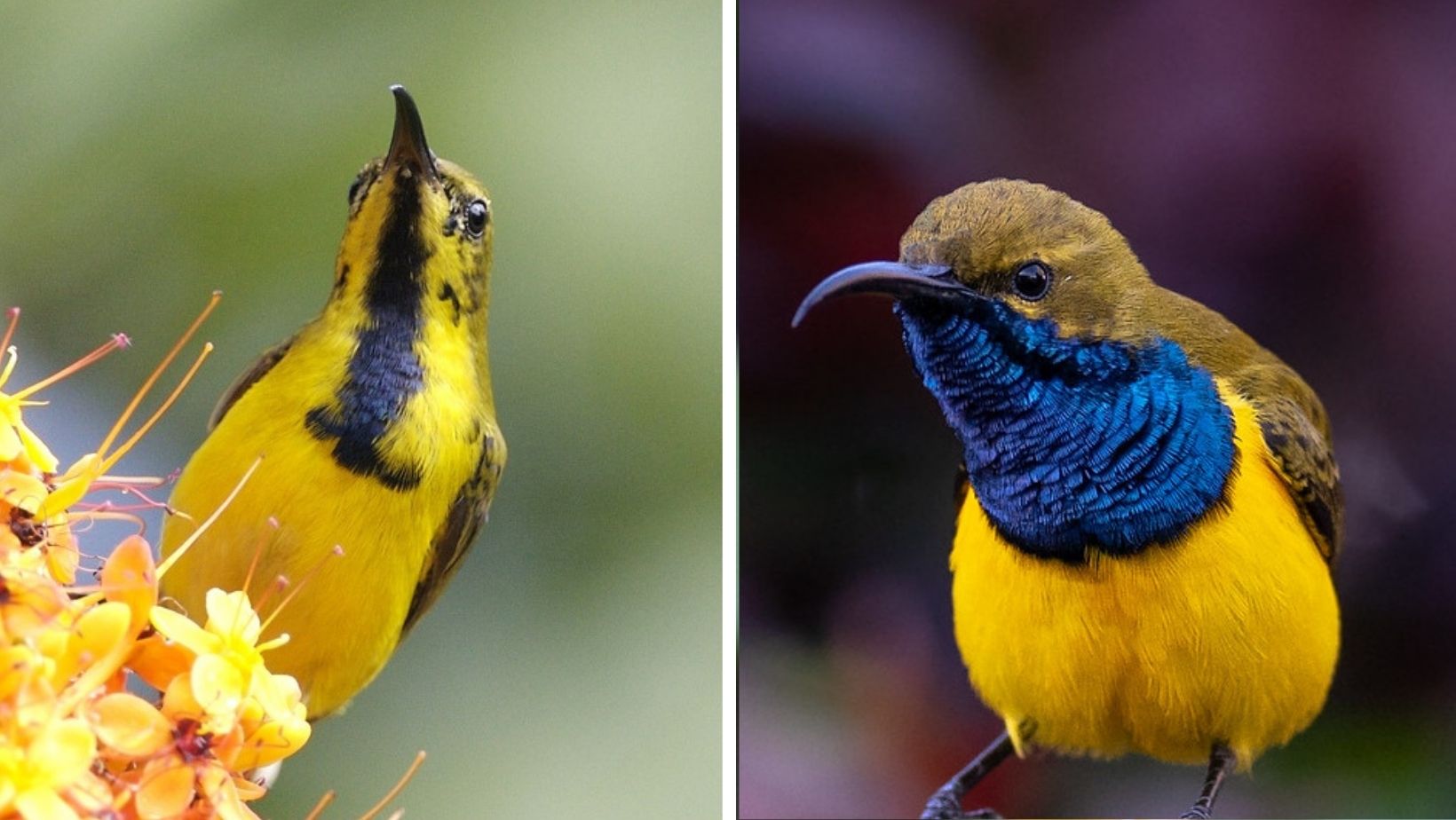
Introducing the Little Beauty of Nature – Olive-backed Sunbird
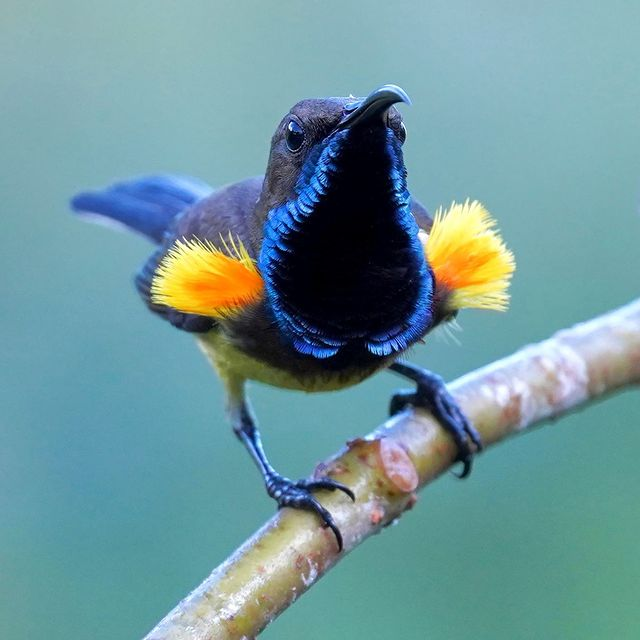
The olive-backed sunbird, also referred to as the yellow-bellied sunbird, is a petite bird measuring only about 12 cm in length. The male is distinguished by his vibrant yellow belly and dark brown back. He sports an alluring dark metallic blue color on his forehead, throat, and upper breast. Additionally, he possesses apricot-colored feathers that are usually hidden under his wings but can be used as a tool for attracting mates during display.
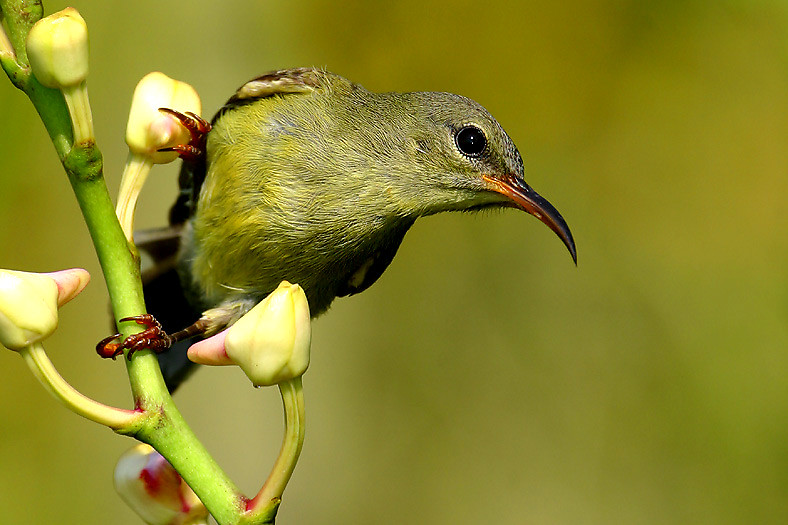
Just like the male, this lady also boasts of a vibrant yellow belly and brown back.
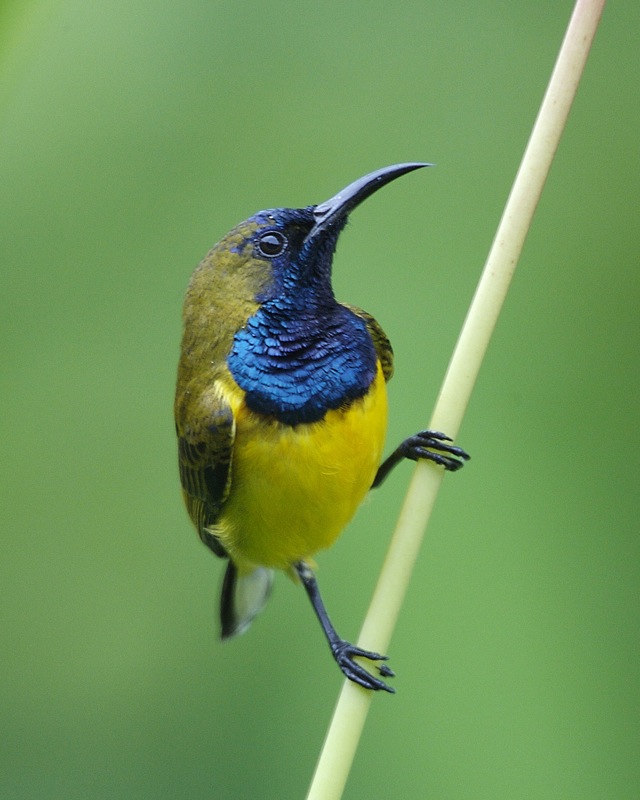
Even though her feathers may not be as vibrant as his, these avian creatures typically inhabit the regions of south-east Asia and Australia. Their habitat ranges from southern areas of China to the Philippines, Myanmar, Laos, Thailand, and Malaysia, extending into Indonesia and north-eastern Australia.
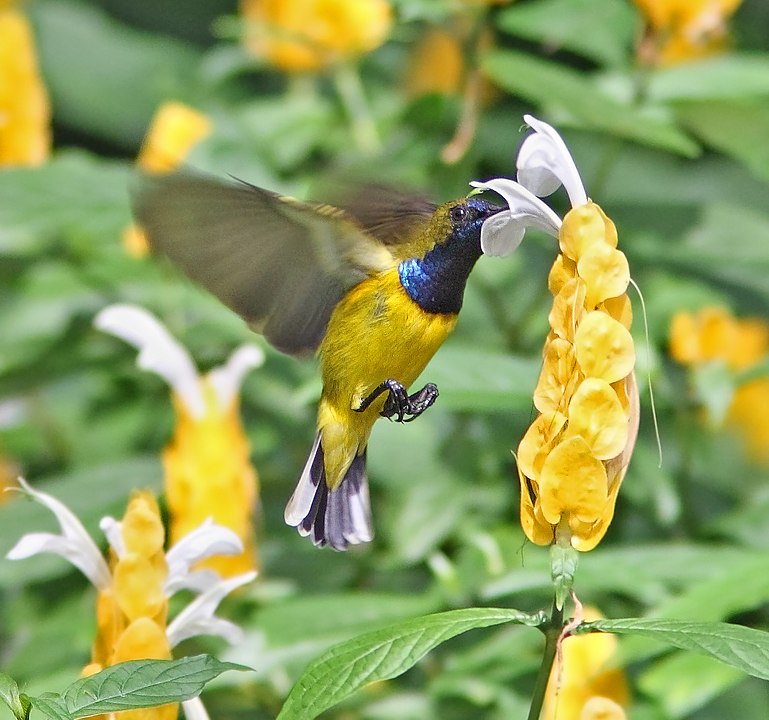
In the past, olive-backed sunbirds were primarily seen in mangrove swamps, but nowadays, they have adapted to living in areas where humans reside. These birds are now commonly spotted in woodlands, orchards, coconut plantations, and even urban areas such as towns and villages.
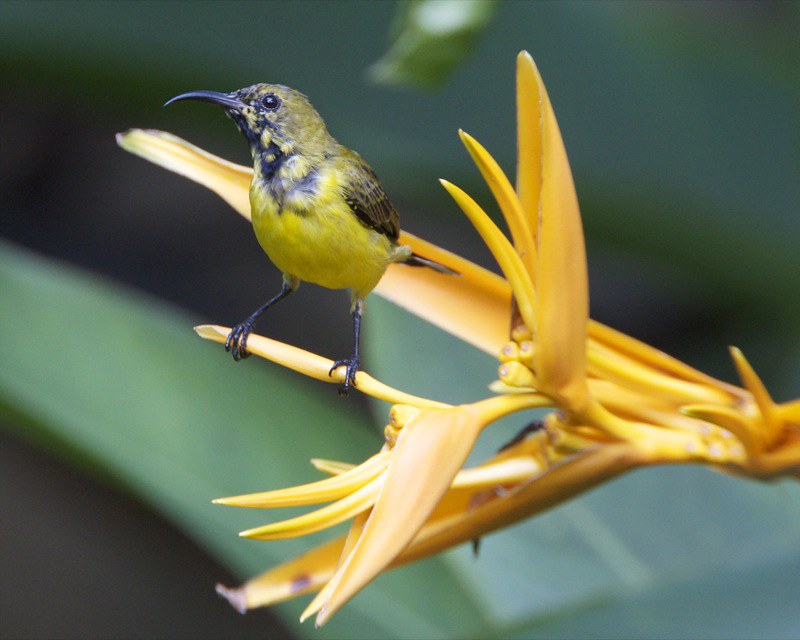
As a bird that eats both plants and animals, they have a varied diet. They enjoy sipping nectar from the flowers of Coconut and Papaya plants, as well as munching on invertebrates such as spiders, ants, and caterpillars.
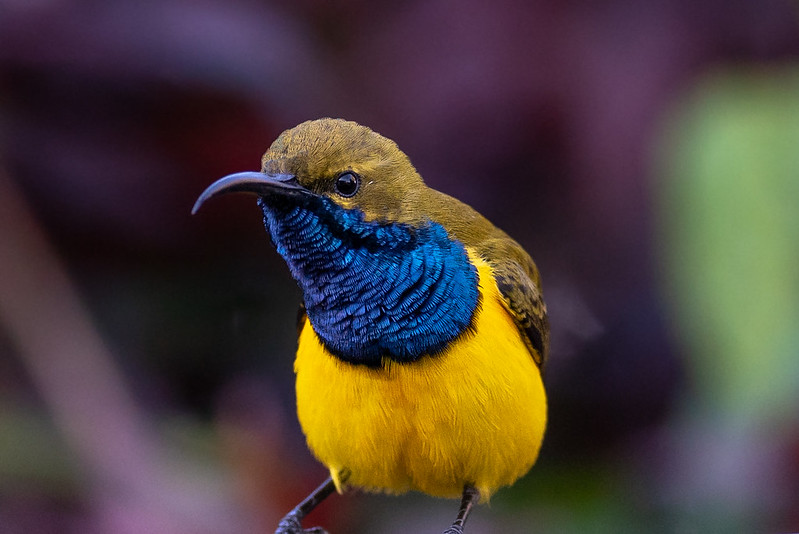
The breeding season of Olive-backed sunbirds starts in December and lasts till July. The female sunbirds construct a unique pear-shaped nest with a single side entrance using grass stems and other fibrous material. They lay 1-3 pale green eggs with brown blotches and incubate them for 11 days until they hatch. Once the chicks are born, both parents take turns to feed them until they are fully fledged, which usually takes around 15-16 days.
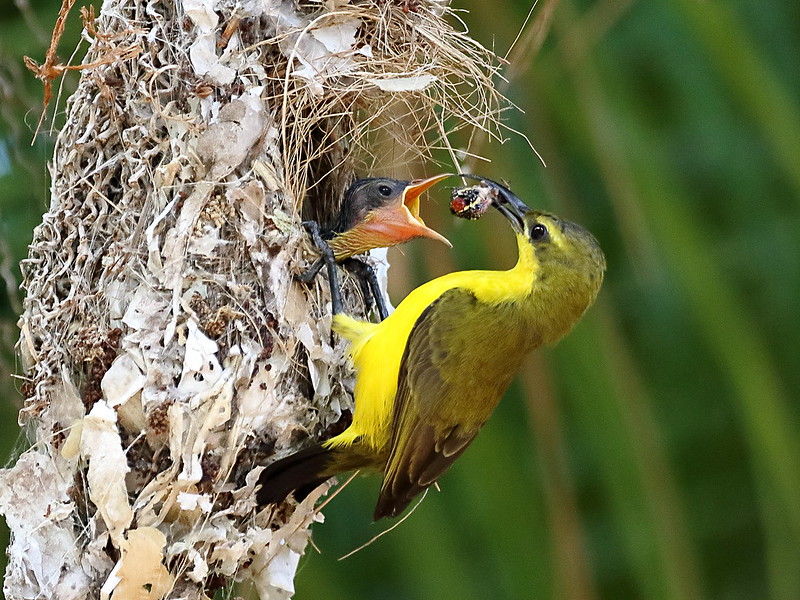
It seems like the population of Olive-backed sunbirds is holding steady, as there haven’t been any reports of decreases or major dangers.
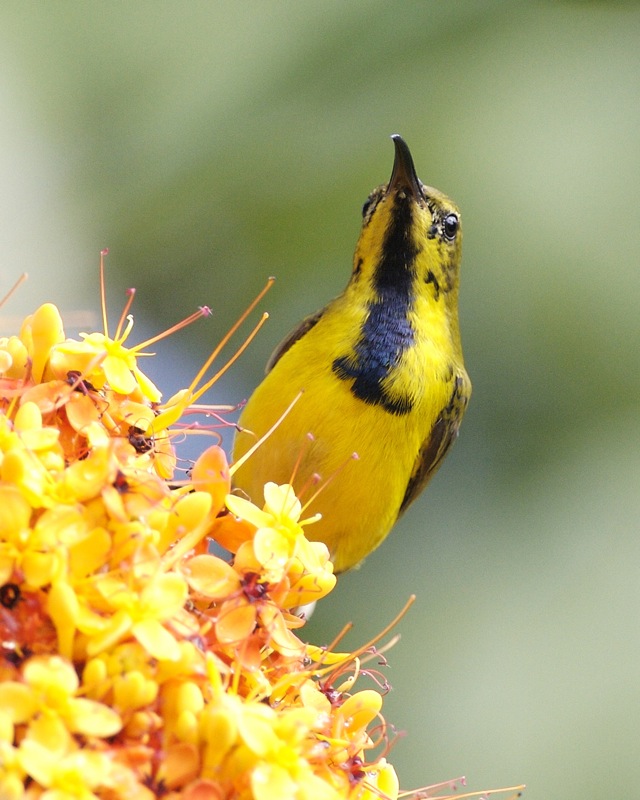
Take a look at this feathered friend featured in the video down below:
